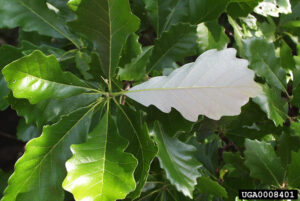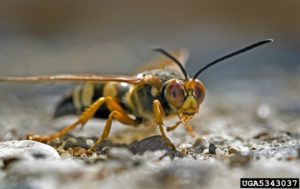
Donald Duerr, USDA Forest Service, Bugwood.org
The USDA is encouraging everyone to spend 10 minutes checking their trees for the Asian longhorned beetle (ALB). August is an ideal time to spot this devastating pest as it emerges from trees.
Although ALB has not been discovered in Wisconsin, it is crucial that we keep an eye out for it. The quicker any infestations are discovered and reported, the easier it will be to eradicate. Three states currently have regulations in place for ALB: Massachusetts, New York, and Ohio.
ALB attacks a wide variety of trees including maple, elm, ash, birch, poplar, and willow. Signs of infestation include dime-sized exit holes, shallow scars in bark, sawdust-like material on the ground or tree branches, dead branches, and the beetle itself. Note that the Asian longhorned beetle is sometimes confused with the white-spotted pine sawyer, a native longhorned beetle.

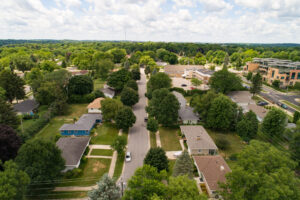 We want to give you a heads-up and urge you to fill out a survey that may be coming your way.
We want to give you a heads-up and urge you to fill out a survey that may be coming your way. 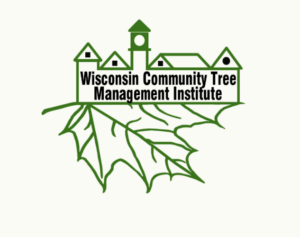 After much deliberation, WI DNR Urban Forestry has decided to postpone the Community Tree Management Institute (CTMI) for one year. The health and safety of others is paramount. Due to the pandemic, it’s just not feasible to come together in person for this training. Group interaction and networking are an integral part of the CTMI experience, so we will look forward to coming together in the fall of 2021 with the start of the next CTMI class (exact dates to be determined).
After much deliberation, WI DNR Urban Forestry has decided to postpone the Community Tree Management Institute (CTMI) for one year. The health and safety of others is paramount. Due to the pandemic, it’s just not feasible to come together in person for this training. Group interaction and networking are an integral part of the CTMI experience, so we will look forward to coming together in the fall of 2021 with the start of the next CTMI class (exact dates to be determined). 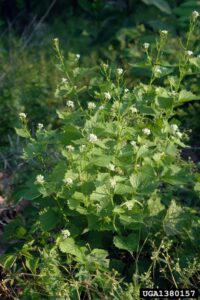
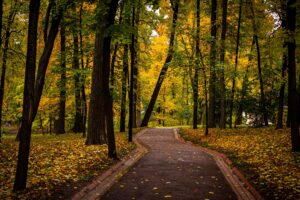 As the hilarious, award-winning
As the hilarious, award-winning 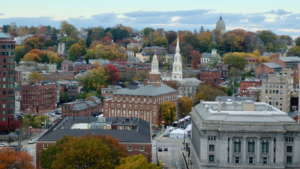 This year, as families all over the country spend more time at home, we have been given the opportunity to appreciate the fresh air that we can enjoy on our own back porches and front stoops more than ever. Trees are a significant factor contributing to the quality of the air we breathe.
This year, as families all over the country spend more time at home, we have been given the opportunity to appreciate the fresh air that we can enjoy on our own back porches and front stoops more than ever. Trees are a significant factor contributing to the quality of the air we breathe. 